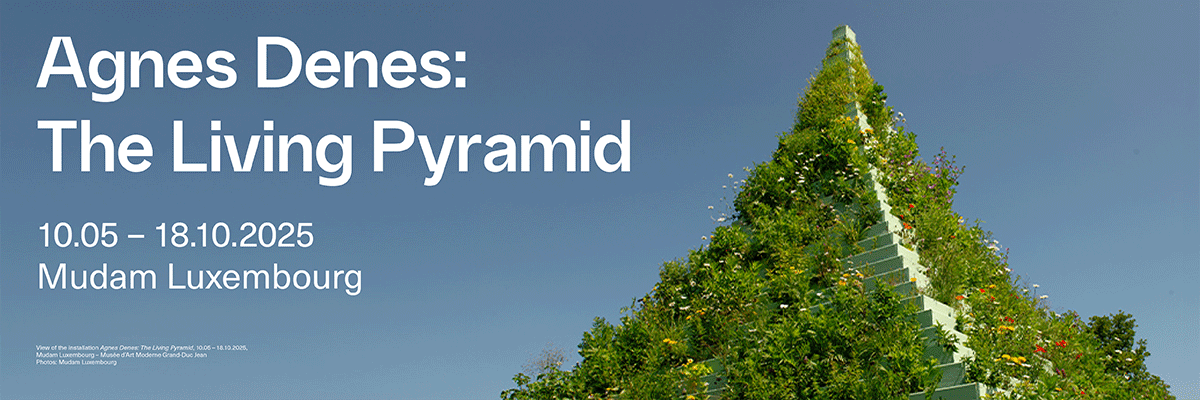
Henri Haake
'OMG'
Project Info
- 💙 OFFICE IMPART
- 💚 OFFICE IMPART
- 🖤 Henri Haake
- 💜 Patrik Gräb
- 💛 Marjorie Brunet Plaza
Share on

Exhibition view, Henri Haake 'OMG', 2023, at OFFICE IMPART
Advertisement

Exhibition view, Henri Haake 'OMG', 2023, at OFFICE IMPART

Exhibition view, Henri Haake 'OMG', 2023, at OFFICE IMPART

Exhibition view, Henri Haake 'OMG', 2023, at OFFICE IMPART

Exhibition view, Henri Haake 'OMG', 2023, at OFFICE IMPART

Henri Haake, Eden, 2023, Oil and sand on canvas, 190 x 230 cm

Henri Haake, Cleopatra Lounge, 2023, Oil and sand on canvas, 150 x 130 cm

Henri Haake, Fata Morgana, 2023, Oil and sand on canvas, 190 x 230 cm

Henri Haake, Transmission, 2023, Oil and sand on canvas, 50 x 98 cm

Henri Haake, Beyond The Clouds II, 2023, Oil and sand on canvas, 130 x 110 cm

Henri Haake, E lucevan le stelle, 2023, Oil on canvas, 95 x 80,5 cm
OMG. The title of this exhibition is a provocation. As an abbreviation, these three letters often serve as nothing more than a placeholder in the syntax of our feelings. As an exclamation, OMG marks our strongest emotions: astonishment, joy, horror. At the same time OMG has the power to drone out these feelings with a thick Valley-accent: oh my god, did you see that? When uttered in full, however, the banal formula „oh my god“ simultaneously evokes echoes of the most profound things. „My God, my God, why have you forsaken me?“ asks Jesus in the darkest hour on the cross. The Son of Man doubting a God that seems inscrutable, hidden, absent.
I visit the painter Henri Haake in his studio on Köpenicker Strasse in Kreuzberg. Centrally located, almost in Mitte: a stroke of luck under the conditions of a Berlin threatened by monetary fossilisation. And yet this street seems to be strangely removed from the city. An industrial area on the Spree without a riverbank, without a promenade; the view goes out to the distant glass towers of Friedrichshain, which seem to rise up artificially, as if simulated on a green screen. In summer, a few old fishermen sometimes meet behind the warehouse, sitting on camping chairs and drinking beer, waiting to pull a catch out of the murky river.
This too seems like a typical Haake scene, I think to myself. I came here to see Haake’s paintings for the new exhibition. It's not hard to imagine how Henri Haake takes everyday experiences of urban life – loud, absurd, chaotic – to the monkish solitude of his studio in a former office building, turning these experiences into the starting points for his paintings. I ask him: is he a chronicler, a painter of the everyday? Henri Haake mulls it over. „Yes, and no, “ he finally says. We are standing in front of his large piece Eden (190×230 cm), which Haake painted earlier this year. Here, too, we encounter the provocative juxtaposition of a mundane garden scene with the numinous: biblical paradise, the site of creation, the scene of original sin. Not that there is much to see: we seem to glimpse at a suburban lawn being watered, but the paint is applied so translucently it looks as if the grass-green color is about to be washed away by the rain of artificial irrigation. „I'm not interested in reality as level of detail, “ Haake says. His attention is decidedly on painterly gesture. Undeniably, this shift is part of his artistic development in recent years: figuration is losing ground to expressivity. The level of detail recedes behind smoke or cloud-like foam in Cleopatra Lounge (150×130cm) or Beyond the Clouds (130×110cm) as if behind a metaphor for painting itself.
Haake works quickly. During summer he was happy when the high temperatures allowed the paint to dry more quickly so that he could apply the next layer. Neither this speed nor the apparent randomness of layer upon layer of paint, however, diminishes the precision of his composition, the formalism it emphasises.
The compositions are precise and clear, based on careful sketches, the perspectives partly evoke a photographer's view, on which the painter Haake also trained himself. Does the ubiquity of the digital flow of images equal devaluation? Not at all, Haake contends. His pictorial strategy arises out of a fascination for simultaneity that turns his works into oscillating riddles: are we seeing rays of sunshine in an iPhone snapshot? Or is this the golden light of the Holy Spirit as painted by an early Renaissance master? (Ray Of Light, 40×30cm). Looking at Fata Morgana (190×230 cm), do we see an idyllic but profane reality, a cut-out from a classical bathing scene? Or do we stare into a maelstrom of hell from which grotesque faces look back at us like Bartholomew carrying his own skin in Michelangelo's „Last Judgment“?
Despite their enigmatic nature, Haake's paintings are never about showing off. The more they emphasise the texture of painting over that of reality, the more subtle they become.The color palette is muted, and what is representational in these works has been, quite literally, pushed to the edge. They are unstable images, puzzles without pedantry, and hidden in the range of possible readings there is always a joke, an ironic mischievousness. What are we looking at? Something quite normal ? Something sacrosanct ? Or perhaps nothing at all? Concealed insignia of faith or cheap fashion jewellery? (Companion, 50×98cm). What we encounter in Henri Haake's paintings, I think as I leave the studio and step onto the twilight of Köpenicker Strasse, is not so much everyday life as the fleeting moments of transcendence within it, visible only to those who want to see. Bus 140 pulls up and my gaze falls on the tired faces of the passengers, brightly lit. The absence of something, I conclude, it is not nothing.
Patrik Gräb




